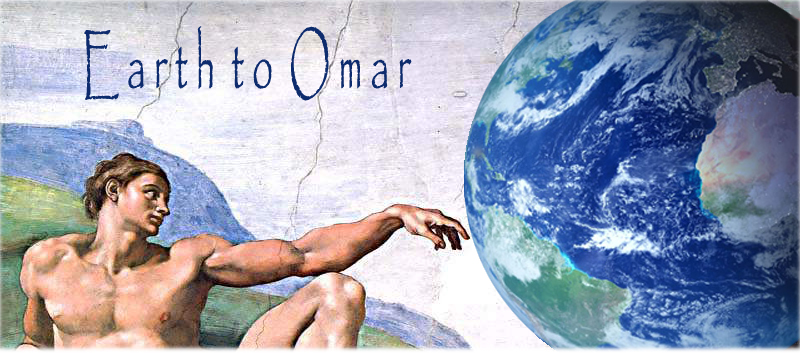From a city divided to a city united

Soon after taking the U-ban into East Berlin, we found ourselves walking on Weichsel Strasse heading towards our hostel. We went through the usual motions of checking in, finding a bed, unpacking and of course grabbing a map of the city. On the back of the map was an ad for daily tours of Berlin offered in all languages. The tours promised a trip through the rich history of Berlin with a focus on WWII and the Soviet era. How could someone say no to that?

The tour, given by a 20-something year old Scot, took us over Hitler’s bunker and through the
streets of East Berlin, often walking with one foot on the former East Berlin, and the other over West Berlin. The footprint of the infamous wall is still marked on the street with cobble stone, a reminder to all of the dark days of division. We heard stories of dangerous escapes, about victims who hoped to get on the other side, and the daily struggle in a city divided. The suffering may have lasted a long time, but the will of the people prevailed at the end. All we’re left with now is powerful images of the wall coming down, and a few cobblestones in Berlin as a reminder.
As the events unfold in Egypt I can’t help but dream about the day where the protests will be shown to kids in history classes, the same way that the fall of the Berlin wall is shown nowadays. The video would show images of men and women chanting in the street, brave protesters challenging heavily armoured vehicles in Cairo, and a dictator fleeing the country. I reflected on the time I spent in Berlin on that tour, and daydreamt about what the Egyptian equivalent would be like. Perhaps the tour would start in Tahrir Square, the symbol of the revolution. The tourists would then be guided through the streets of Cairo, where they will see burned down police stations, kept untouched as memory of the oppressive regime. They would make their way to the ministry of interior, where protestors were shot at with live ammunition, and where the police state was directing its last attempt at survival. Egyptian state televisions and radio stations are next on the tour. The tour guide would tell the tourists about the last pieces of propaganda uttered by state media. The tourists chuckle, much as I did in Berlin. Next stop is the presidential palace, which has now been turned into a museum to commemorate the revolution, and which includes relics from Mubarak’s Egypt. His heavily armoured car is on display, as well his solid gold cutlery, ancient Egyptian artefacts he used for decoration, among many, many other items. The tour would conclude back at Tahrir Square, although now the tourists are brought to the centre, where a statue stands tall and proud. The statue includes 15 people representative of the Egyptian population, with some holding up their hands in protests, a mother carrying her child in one arm and a poster in the other, and an old man with a faint hope in his eyes.
I hope it won’t be long before the day dream becomes reality, and we can all go to a free Egypt and take the tour. Egyptians have all it takes to deliver: determination, bravery, hope, and vision. It’s only a matter of time...





